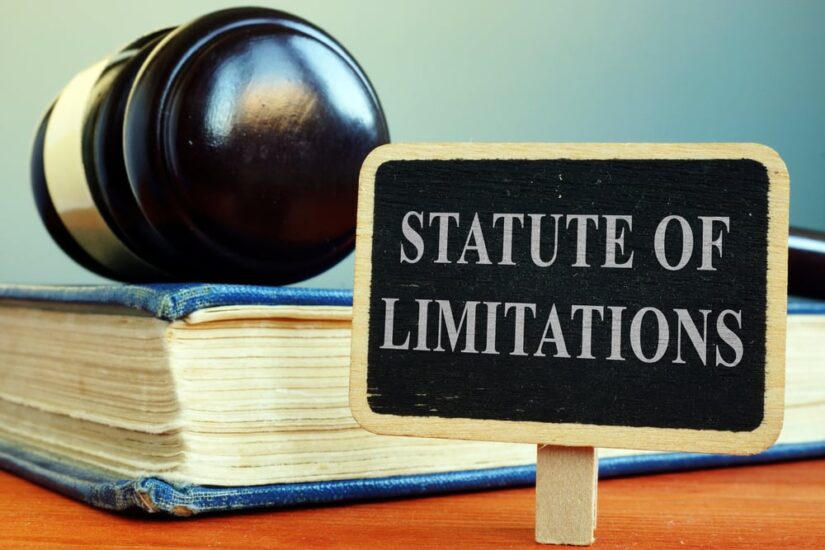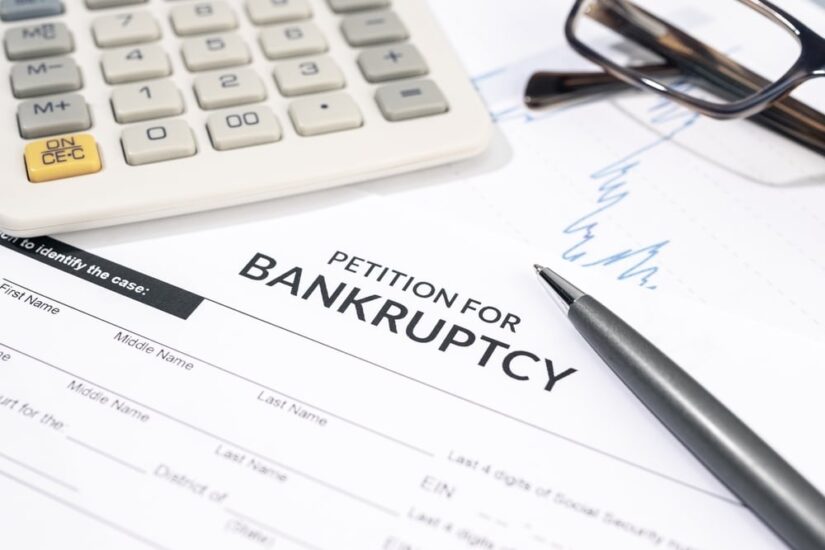In New York, the statute of limitations for foreclosure is six years.
Are you facing foreclosure and confused about the statute of limitations law of New York? You are not alone. Since the Foreclosure Abuse Prevention Act came into effect and the decision of Engel, many New Yorkers are facing the same issue.
This blog post will discuss everything you need to know about the foreclosure statute of limitations in New York, including your rights and options during foreclosure. Read this blog post to learn how you can minimize the impact of foreclosure on your finances.

Understanding the Foreclosure Statute of Limitations in New York
As mentioned above, the statute of limitations for filing foreclosure claims is six years in New York. The six-year period starts from the day the mortgage lenders accelerate the debt.
Acceleration occurs when the lender invokes the acceleration clause of the loan agreement. As a result, the entire remaining balance of the loan becomes due, and the lender demands immediate payment. Actions that constitute acceleration of mortgage debt:
- Any statement making clear to the borrower that the entire outstanding balance of the loan is due and the borrower must pay it immediately. The lender can make these statements through a letter.
- Initiate a foreclosure action against the property by filing a complaint or any other overt act.
Actions that don’t constitute acceleration of mortgage debt:
- Missing loan payments don’t automatically cause an acceleration in debt.
- Lender letters to borrowers generally don’t cause acceleration in debt. They’re contingent and have a warning to initiate the acceleration of debt or foreclosure action. The lenders usually don’t take foreclosure actions until you default on 3 to 4 loan payments.
Recent Changes Brought by the Engle Case
In Freedom Mortgage Corp. v. Engel case, the New York court of appeal interpreted the foreclosure statute of limitations and held:
- When the lender voluntarily discontinues the foreclosure suit against the borrower, it stops the 6-year statute of limitations clock.
- When the lender again initiates the foreclosure action against the borrower, the lender will again have six years from the day of debt acceleration.
Recent Changes Brought by the Foreclosure Abuse Prevention Act
However, Governor Kathy Hochul signed the Foreclosure Abuse Prevention Act that overruled the Engle decision to protect the rights of borrowers.
Principal changes brought by the Foreclosure Abuse Prevention Act:
- Voluntary discontinuance of mortgage foreclosure action will not stop running the statute of limitations. Neither borrower nor lender can reset the statute of limitations.
- The lender cannot file a new action on the same debt after the expiry of six years.
In summary, the lender has six years to foreclose your property from the day they require you to pay the total remaining balance of your loan immediately. The law will bar them from foreclosing your house if they don’t file their foreclosure lawsuit within these six years or voluntarily discontinue it, passing six years.
After the expiry of 6 years, their claim will become time-barred. The six-year statute of limitations prevents stale foreclosure sales where memories and evidence are faded.

Common Misconceptions About Foreclosure Statute of Limitations
The Statute of Limitations Period Starts When You Default on Your Loan.
As mentioned before, it doesn’t start when you fall behind on your monthly installment payment of a mortgage loan. Instead, it starts the day your lender accelerates the mortgage loan debt.
The Lender Can Pause the Statute of Limitations.
Before the Foreclosure Abuse Prevention Act, the lender could pause running the statute of limitations. They used to withdraw the foreclosure suit and take the limitations defense.
However, they cannot stop the statute of limitation now. It keeps running from the day they accelerate the debt.
What Are Your Options to Stop Foreclosure?
There are two ways to stop foreclosure:
- Negotiate home loan agreement with mortgage lender
- File for bankruptcy
Negotiation With Mortgage Lender
When you negotiate your home loan agreement with the mortgage lender, they will likely provide you with three options:
Repayment Plan
In the repayment plan, the mortgagor requires you to pay the overdue installments with the current payments. As a result, your monthly installment payment increases until you catch up on the loan and repay all the previous default payments.
For instance, you have a monthly mortgage payment due $2,000 every month. You failed to pay your mortgage payment for three consecutive months, and the total $6,000 is due now.
Under the repayment plan, your bank will adjust your outstanding $6,000 with future installment payments. Thus, your monthly installment payment will increase from $2,000 and likely become $3,000 for six months, depending on your agreement.
Forbearance Agreement
It stops mortgage foreclosure actions for a temporary period.
When you enter into a forbearance agreement, your bank provides you time to overcome financial hardship and pause the monthly payment obligation for a certain period. After your forbearance agreement ends, your mortgagor requires you to resume monthly payments.
It’s crucial to have a clear understanding of your forbearance agreement. Some forbearance agreements require you to repay all the pause period balance, while others only require resuming regular mortgage payments.
The second type of forbearance agreement is most common in New York. We recommend you choose this one as it protects your best financial interests.
Loan Modification
The lender modifies your existing loan agreement. In other words, the lender closes your existing loan and issues a new loan. You enter into a new loan agreement with your bank.
In this new loan, they generally add all the overdue balance of your previous loan that you failed to pay, including interest. So, if you modify your loan, you will make regular mortgage payments, but it includes all the lump sum of the previous loan.
File for Bankruptcy
Filing for bankruptcy on time can be the best option if you’re grappling with a large debt and don’t expect your financial situation to improve. The moment you file for bankruptcy, it would stop the foreclosure action immediately as an automatic stay comes into effect.
However, the automatic stay remains in effect for a temporary period. Whether you can retain your home after the automatic stay depends on the chapter of bankruptcy you file for:
- Chapter 13 allows you to keep your home, but you must repay a certain amount of your debt according to a plan.
- Chapter 7 discharges you from all your debt, including the remaining mortgage loan balance, but you can’t keep your home.
Schedule a Free Consultation With Macco & Corey p.c. And Stop Your Foreclosure Today
As we have handled multiple foreclosure cases in New York, we understand how challenging and stressful losing a home can be for a family. In this difficult time, you need an ally who understands New York foreclosure laws and can stop foreclosure.
Our bankruptcy foreclosure lawyers have expertise in New York foreclosure laws. They can formulate the best strategy that stops foreclosure and protects your best financial interest in the long term.
Call us today to schedule a free consultation and discuss your situation. We can answer all your questions and help you have a stress-free future.